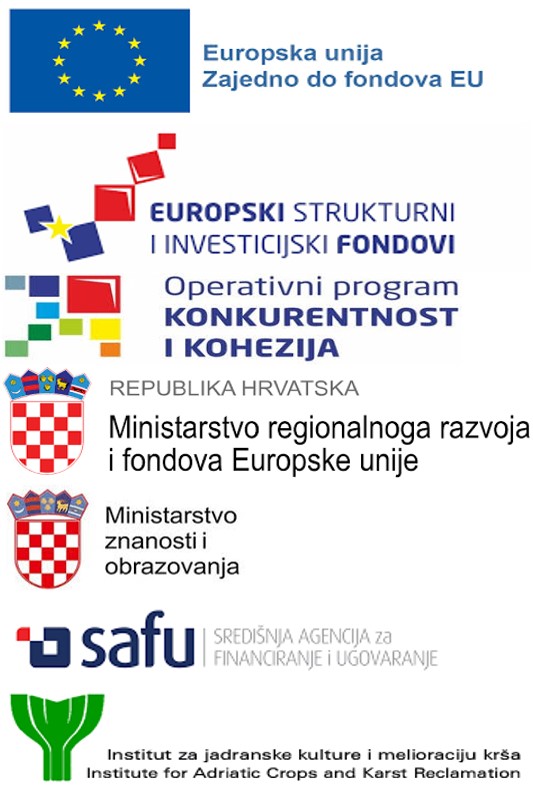On May 5, 2022, the 2022 Science Festival entitled “Life of the Mediterranean: Move, Grow, Bloom” was held at the Institute for Adriatic Crops and Karst Reclamation in Split. Project associates Ana Bego and Filipa Burul (CSF-DOK-2021-02-1355) held as part of the program popular scientific lecture entitled “Mediterranean flower species: a paradise for insects.” During the lecture they also presented to the students and professors the project “New methods in olive pests controlling using plant volatiles” (KK.01.1.1.04.0002).
More details about Science Festival (in Croatian)































